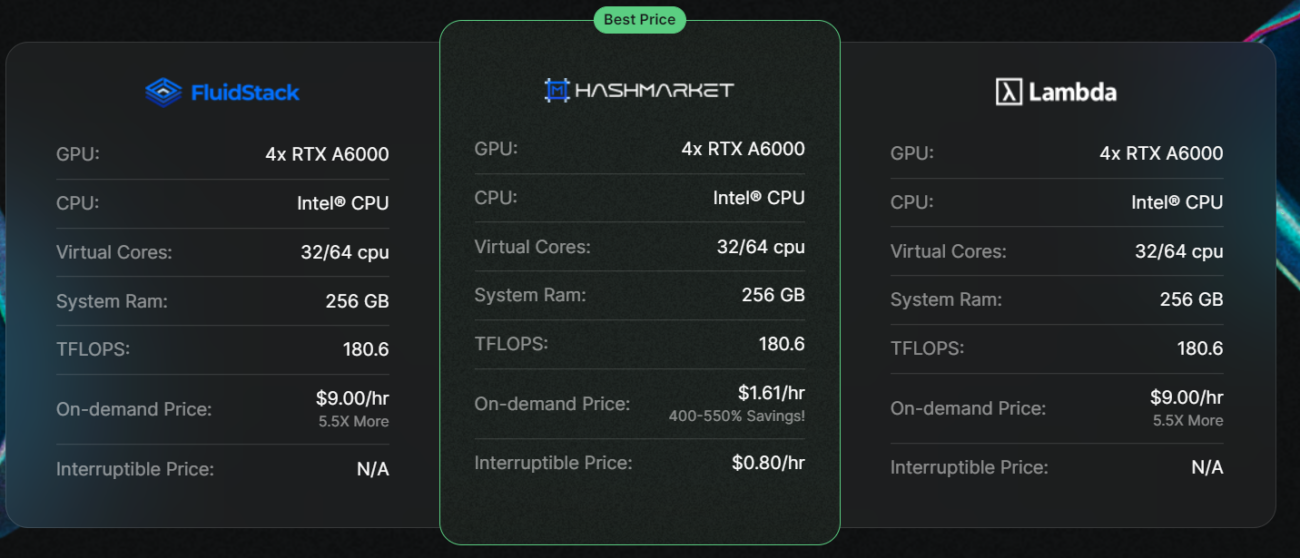The significance of GPU servers for deep learning

In a short span of a few years, ML and deep learning have gone from the relatively obscure subset of computer science to their crowning achievements. It’s much more than just a fad! The range of uses where the neural networks are employed is truly astonishing. But such progress wouldn’t be achievable without specialist hardware, including powerful GPU servers. Why are they so pivotal here?
Deep learning explained – what does it entail?
The simplest way to think about deep learning is to compare it to how humans learn, which was the first inspiration for this field of software engineering. Deep learning is a multi-level process that involves training artificial neural networks to learn from data. These neural networks are composed of many intertwined layers that process information and can be trained on multiple instances of data. This allows them to learn complex patterns and relationships in a way that would be impossible for traditional software.
The interesting and exciting advancement here is also the fact that deep learning isn’t solely the domain of AI experts anymore. Thanks to the companies that lease GPU in a very affordable price range, deep learning neural networks are currently able to be used by hobbyists and specialists alike. This fact also lowered the barrier of entry for small businesses, which may want to employed a trained network in order to help with data processing, image recognition or marketing effort.
How do the GPU servers factor into deep learning?
GPUs have been developed independently of ML in order to better process graphical information. However, when employed in the field of deep learning, they brought incredible advancements with themselves, quickly closing the technological hardware gap preventing the development of ML models.
Training a deep neural network involves performing a large number of operations that take time and computational resources. Traditional CPUs are not well-suited for these tasks, as they are designed to handle rather a wide range of general-purpose tasks.
The GPUs and GPU servers are different. The principle of parallelism, essential to the understanding of GPUs, makes them ideal equipment for processing immense batches of data. What’s more, with the advent of NVIDIA CUDA, advanced GPUs became available for everyone, including regular users who want to interact with them using APIs.
By using affordable GPU server rental, practically everyone with a slight interest in deep learning can now experiment with their own models, train them and construct new ones.
Is GPU rental for deep learning a good idea?
Investing in a GPU server doesn’t make sense for smaller projects as well as for individuals that want to interact with a neural network in their spare time. Fortunately, there’s a GPU rental! Renting GPU resources from a cloud provider or a specialized GPU rental service can provide access to high-performance computing resources without the upfront costs and maintenance requirements.

Renting GPU resources can also offer flexibility in terms of the amount of compute resources required. For example, if a person needs to run a deep learning experiment for a short period of time, renting GPU resources may be more cost-effective than purchasing a server that will be idle for the majority of the time.
Of course, it is important to carefully evaluate the GPU resources available for rental and ensure they meet the requirements of a specific deep learning use case. By renting GPU servers for deep learning, it’s possible to dramatically reduce the time required to train large neural networks and to finish the projects with efficiency.
